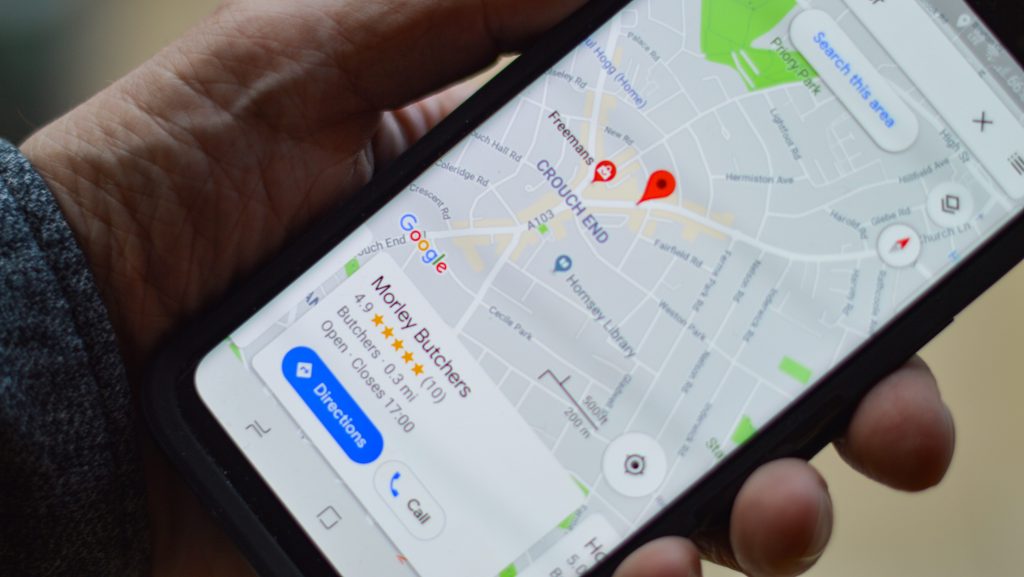In a world that has experienced rapid, unprecedented growth in technology, we suddenly find ourselves surrounded by a swirl of new jargons. One such term that has been making waves in the world of business analytics is “location intelligence” (LI). In this post, we’ll be talking in detail about what location intelligence is, how it can help businesses with their growth, and what its applications are.
What is Location Intelligence?
Location intelligence is the application of geographic context to business data. To put it simply, location intelligence is all about adding location data from geographical positioning systems (GPS) and other sources to data concerning business analytics. This is usually done with the help of third-party apps.
Doing this helps organizations, marketers, and analysts judge how the location data of the business, as well as the location of users or customers have played a role in changing the outcome of events in large scales.
Let’s take the example of a chain of 100 malls, spread across the United States. These malls are in several states, in different cities, and let’s say an average of 100,000 customers in total visit these 100 malls across different regions, every day. All of these malls have different stores & restaurants in them, and not all of them have the same layout either.
A year passes. The mall chain now wants to know:
- Which mall received the highest footfall in the calendar year
- Which season experienced the highest customer traffic for the chain
- Which brand of stores received the lowest purchase interest from customers
- Which region in Mall A at Location X experienced the lowest footfall from customers
The mall chain can benefit greatly from knowing these insights about their business locations. Getting to know this data will help them make business decisions like the following, respectively:
- Possibly expand the mall area, build a bigger parking lot, or build another mall in the same city
- Notify businesses in their stores about this and ask them to have offers during this season to improve sales
- End their lease with the brand and lease the space out to another brand
- Help structure layouts/elevators/stairwells/escalators better in their next project to ensure that some stores in the mall do not get affected by it
The possibilities are endless in a scenario like this one. But the question is, how can the mall chain get this data?
Enter, location intelligence. Using the activity from their online business profiles, and techniques such as geofencing and beaconing, the business can obtain this data.
In a nutshell, that is exactly what location intelligence is – using location data to derive useful business insights.
Obtaining this data has also become quite easy for businesses, these days. Consumers have smartphones, and use them to view a business’ online profile, navigate to it, connect to WiFi networks, use it in stores, etc. This data is available to businesses through several different sources, and depending on the source, the insight you can analyze from it differs.
For example, for a given time, the number of customers that have requested directions to a business location can give you data about consumer purchase intent. The number of triggers that a geofence sets of can give you data about customer footfall and traffic. Usage of microfencing techniques like beaconing can give you data about hotspots in your business location.
Each of these insights will help you with making different business decisions, so having a 4 step process to use location intelligence is necessary.
Step #1: Goal definition
Figure out what problem you are trying to solve with the application of location intelligence. This will help you decide the source from which you need to gather data.
Step #2: Quality control
In any data set, you will find anomalies and outliers. For example, a beacon might connect with a user multiple times, making it seem like more than one person has visited the store when only one person has. Customers might seek out direction requests for a landmark nearby, or your store, when in reality, they’d have wanted to visit another store nearby. Try and filter out the data that might pollute the insights you will derive.
Step #3: Visual interpretation
Use the metrics to visualize the data. This will help give you a much clearer picture of the solution.
Step #4: Analyze data
Once you’re done with all of the above, you can analyze the data to derive insights that will help you make your business decisions.
That’s all you need to know about the basics of what location intelligence is, and how it can help your business. Location intelligence is still very much at its nascent stages, but the need for it is ever-increasing. For more information about the subject, we recommend that you read Carto’s book on location intelligence, and keep your eyes peeled for more posts about location intelligence on our blog.
